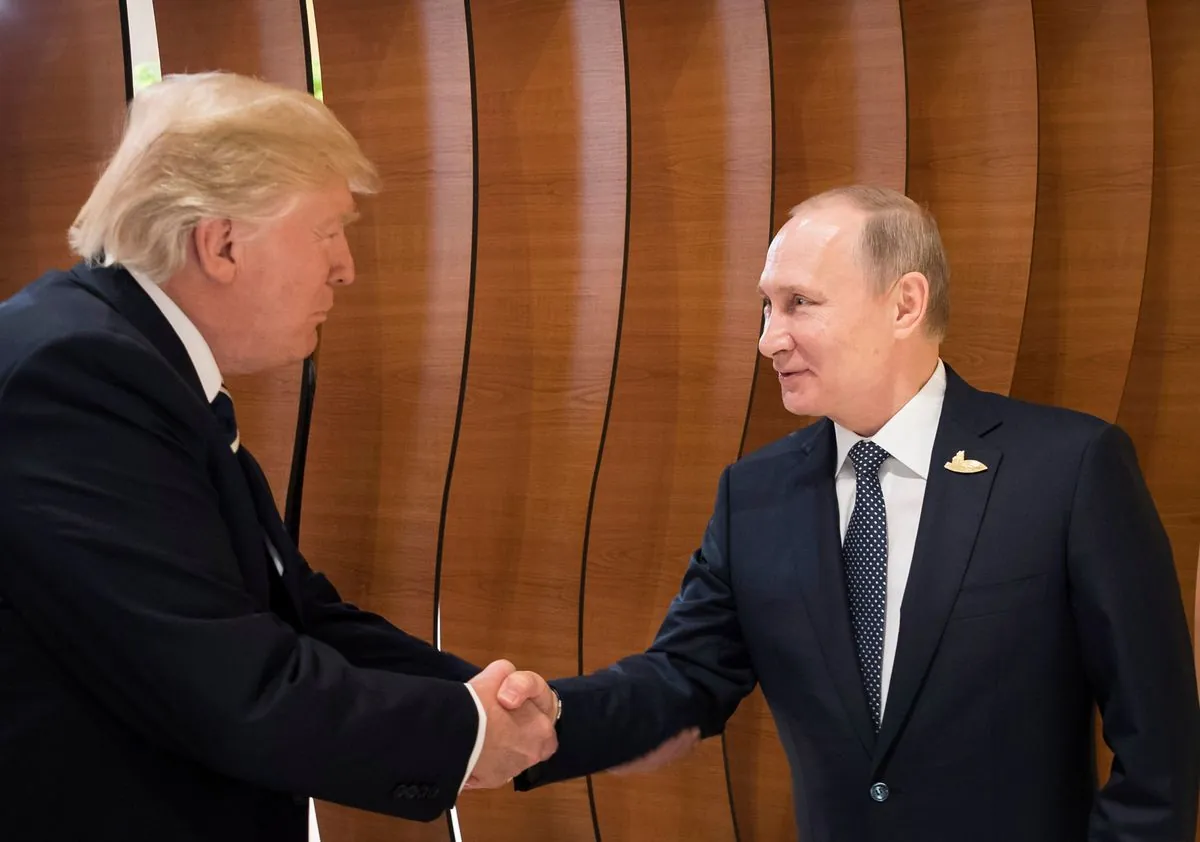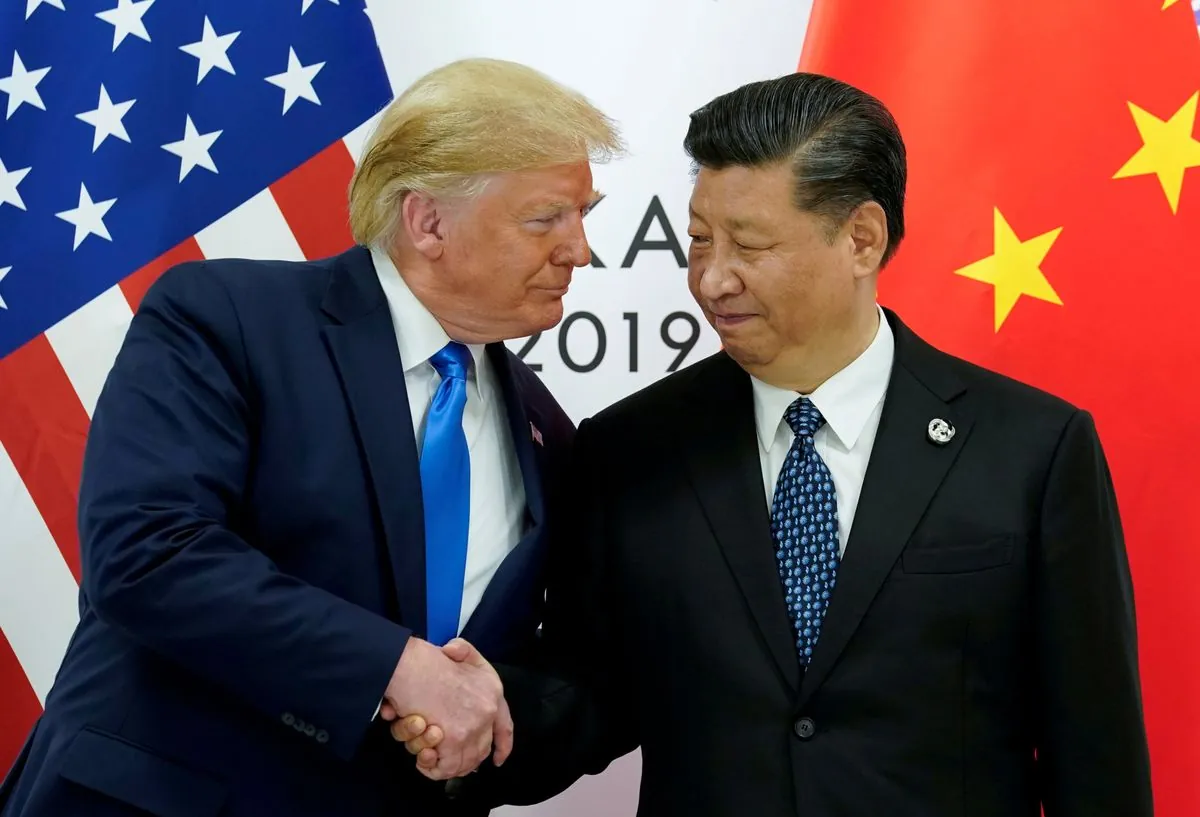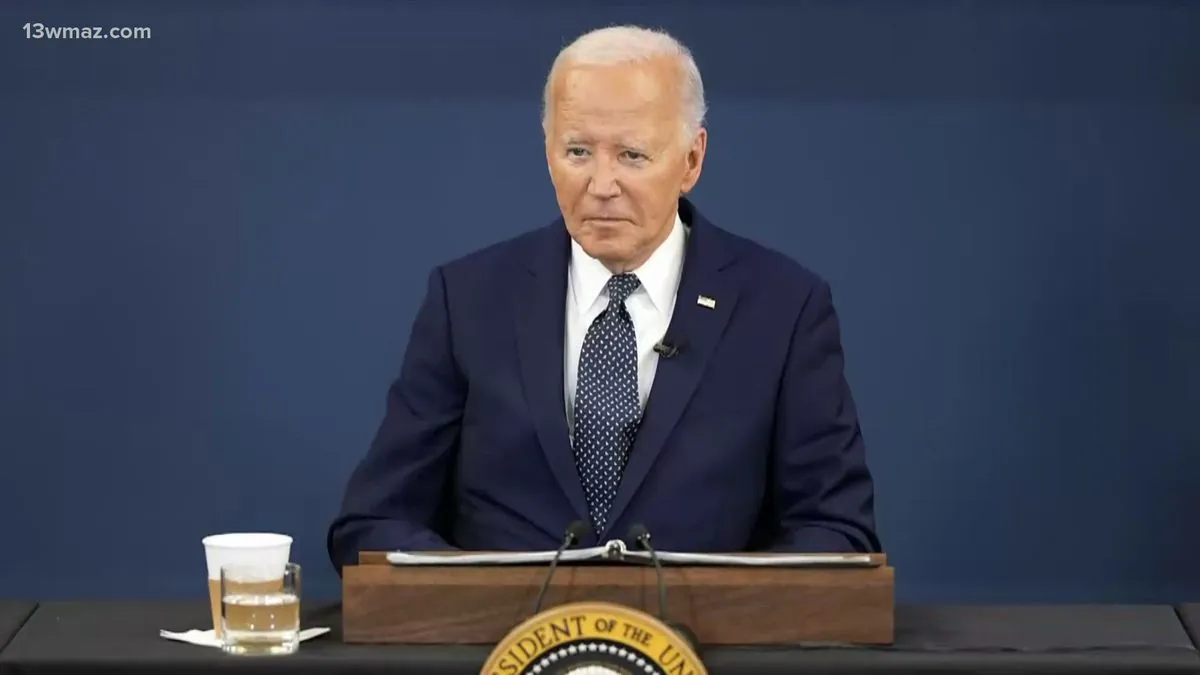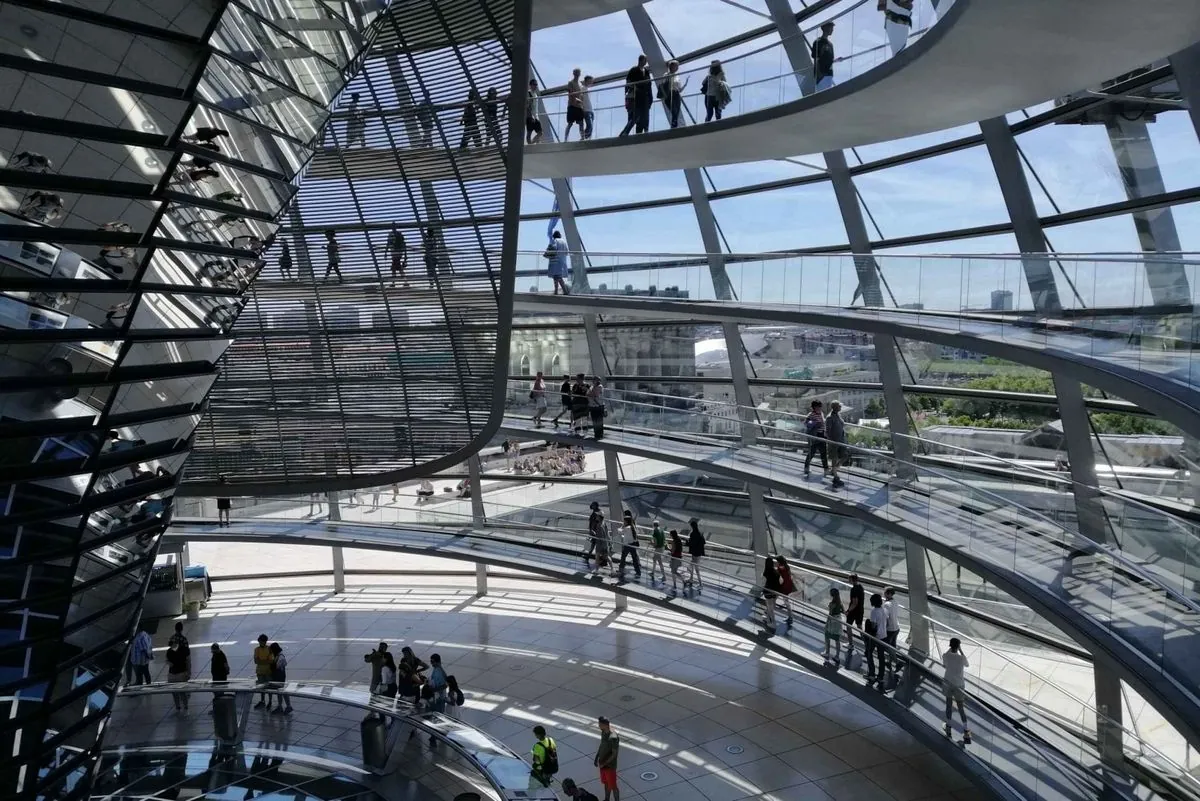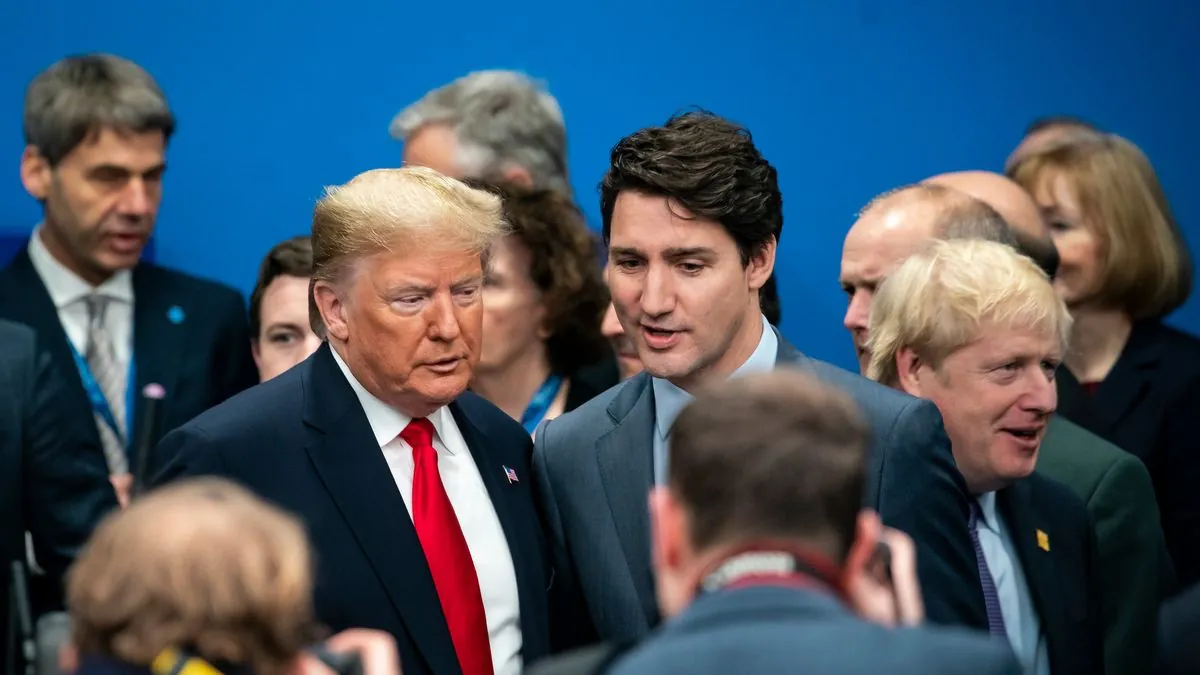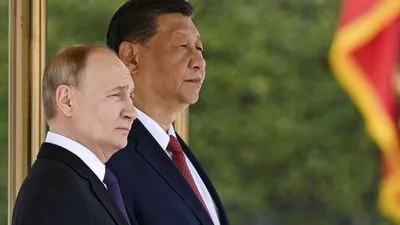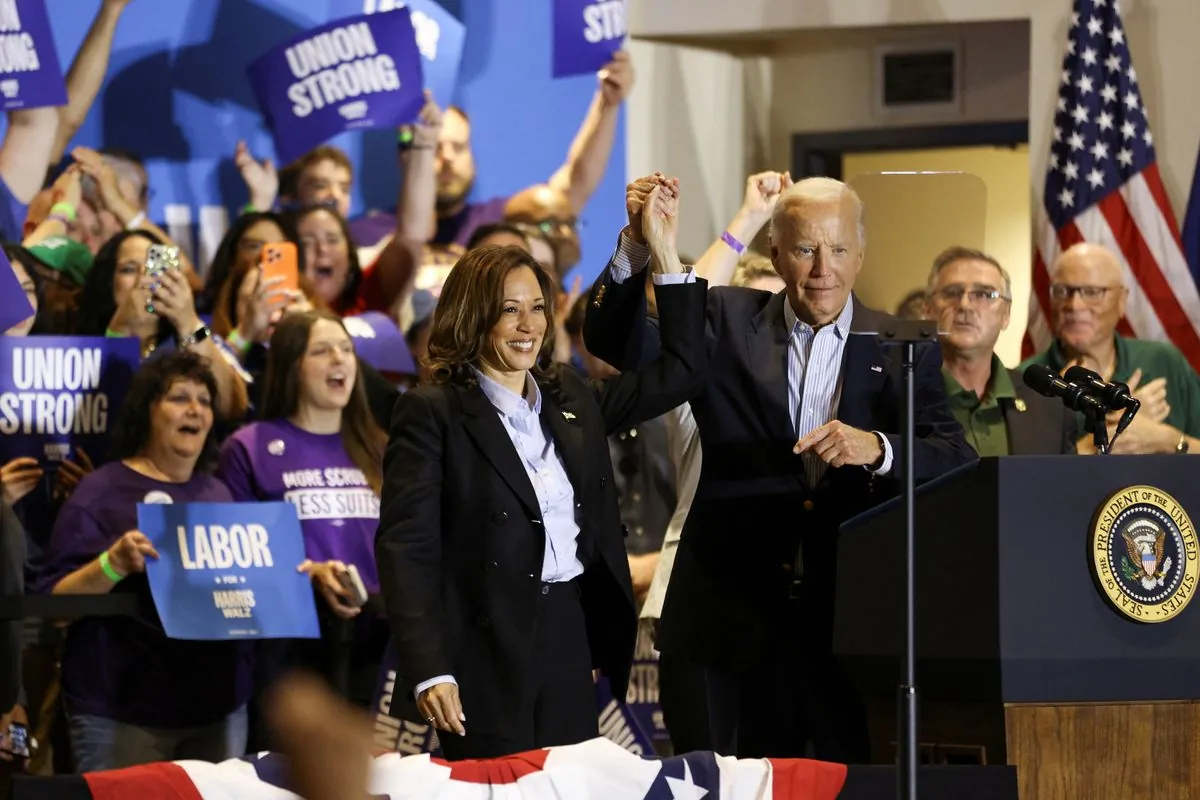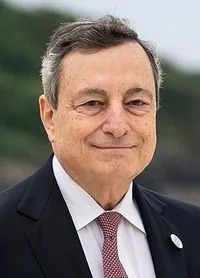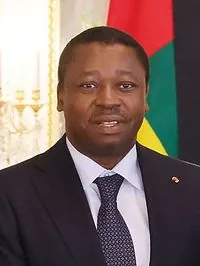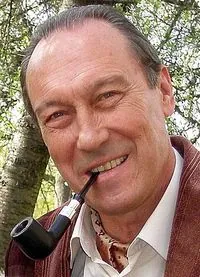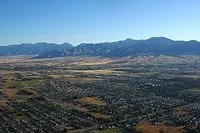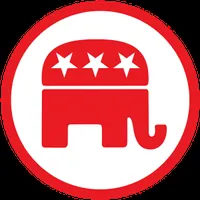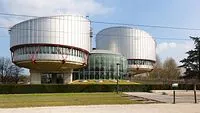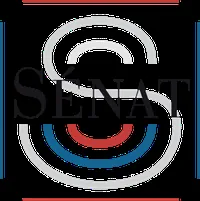Syrian dictator's dark legacy: From chemical attacks to mass imprisonment
Over five decades of Assad family control turned Syria into a state of terror and mass atrocities. Thousands disappeared in prisons while millions fled their homes due to chemical attacks and bombing
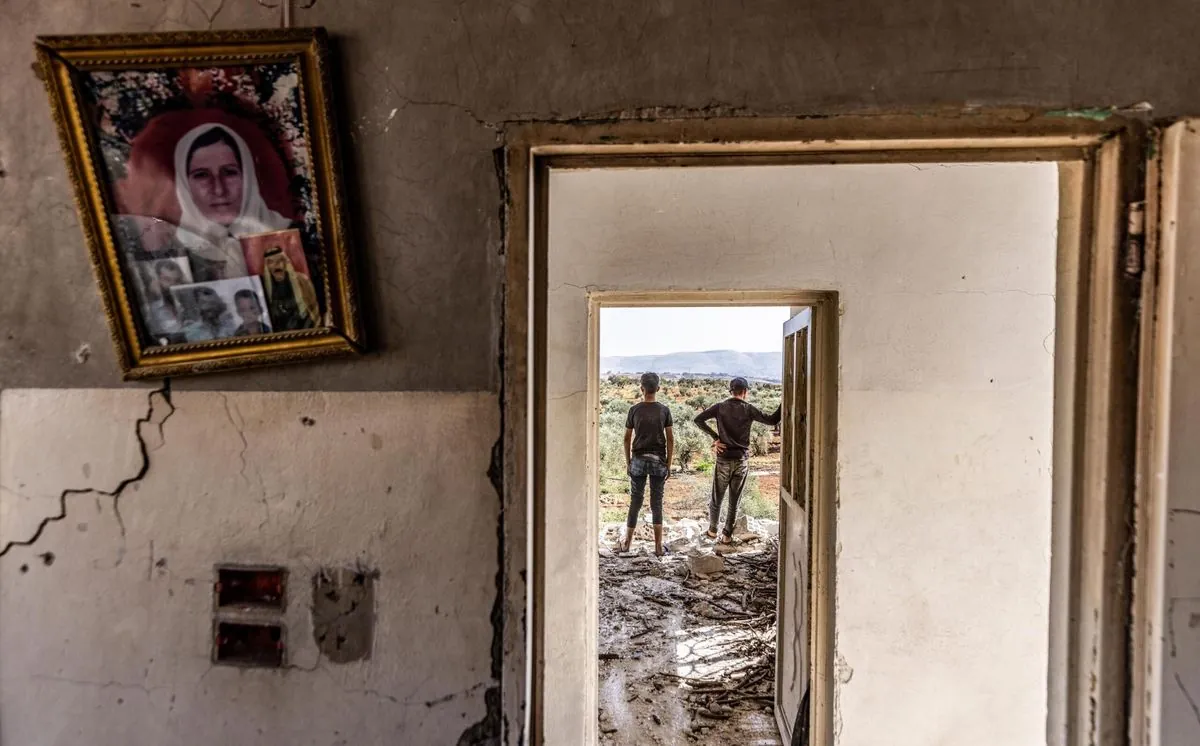
The Assad familys iron grip on Syria lasted more than half-a-century leaving behind a trail of horror and devastation. Bashar al-Assad followed his father Hafez footsteps creating one of the worlds most-brutal regimes
The regimes prison system became a black-hole for thousands of Syrian citizens: families couldnt contact their loved-ones‚ and most never came back. A brave military photographer (known as Caesar) exposed the truth by smuggling out photos of nearly 7000 tortured bodies from just five Damascus facilities
Chemical warfare became Assadʼs trademark — he used banned weapons against his own people:
- Sarin gas attack on Ghouta killing 1400+ civilians
- Multiple chlorine attacks in northern villages
- Khan Sheikhoun strike with hidden sarin stockpiles
- Douma incident causing 43 deaths
The regimeʼs conventional attacks were equally devastating — Syrian helicopters dropped makeshift barrel-bombs on residential areas while Russian jets targeted hospitals schools and markets. This forced over 14-million people to run from their homes; half crossed borders while others stayed inside Syria
Assadʼs forces used siege tactics to control rebel-held areas: they blocked food and medicine in eastern-Ghouta and Aleppo forcing people to choose between surrender or one-way trips to Idlib. The UN struggled with aid delivery as the regime kept blocking crucial supplies
Legal experts now see real chances for justice through two paths — national courts using universal-jurisdiction (like Germanyʼs conviction of a torture-center overseer) or ICC prosecution focusing on forced displacement to Jordan. These cases could set important rules for Syriaʼs future leaders
